Here we discuss about Comparison of Different Types of Flow Meter like Magnetic flow meter, Orifice Flow Meter, Ultrasonic flow meter, Turbine Flow meter, Vortex flow meter, Coriolis flow meter, Variable area flow meter.
Contents
Comparison of Different Flow Meters
| tribute | Turbine Flow Meter | Ultrasonic Flow Meter | Magnetic Flow Meter | Differential Pressure Flow Meter | Coriolis Flow Meter |
|---|---|---|---|---|---|
| Working Principle | Mechanical, turbine spins with flow | Ultrasonic pulses | Electromagnetic induction | Pressure difference | Coriolis effect |
| Pros | High accuracy, wide flow range, low pressure drop, easy installation | Wide flow range, low maintenance, works with dirty and clean fluids | High accuracy, no moving parts, low maintenance | Low cost, wide range of applications, wide flow range | Very high accuracy, handles a wide range of fluids, low maintenance |
| Cons | Not suitable for dirty fluids, mechanical wear and tear | Costly, may require regular calibration | Limited to conductive fluids, moderate to high cost | Complex installation, sensitive to temperature and pressure changes | Very high cost, generally limited to specific flow ranges |
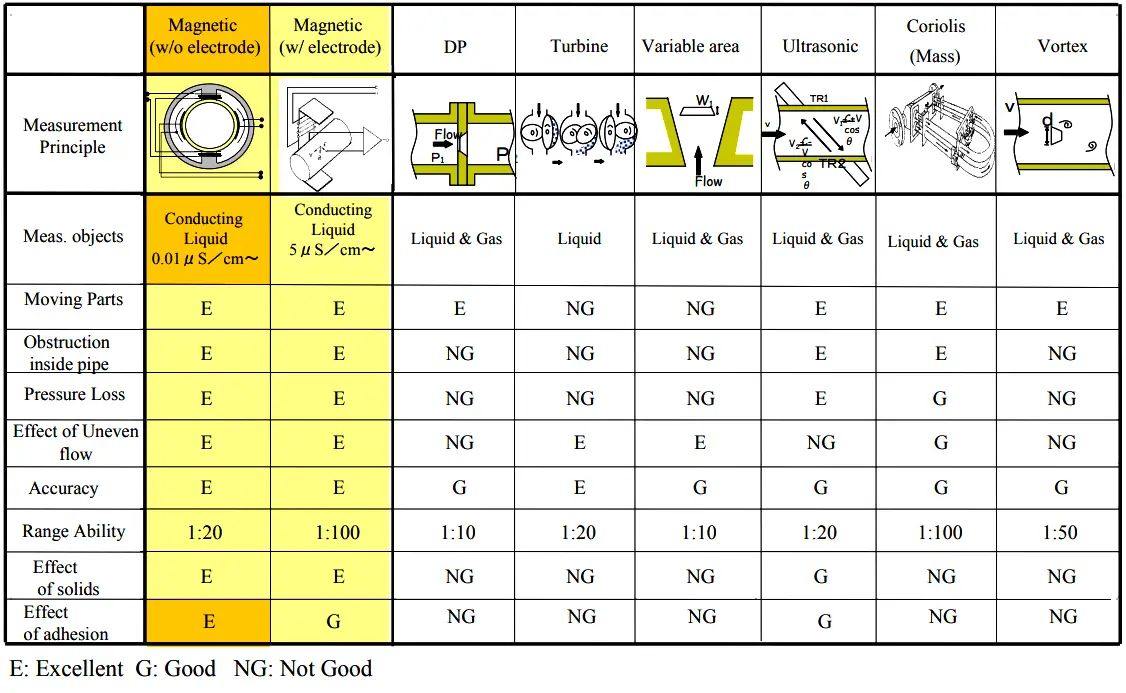
Flow Meters Specifications
| Flow meter | Pipe/size | Gas/Liquid | Accuracy | Ideal for measuring | Principle |
| Orifice | 1” – 48” | Liquid/Gas | 1% | Mass flow / velocity | Diff. Pressure |
| Venturi | 6” – up | Liquid/Gas | 0.50% | Mass flow / velocity | Diff. Pressure |
| Turbine | 0.5” – 2” | Liquid/Gas | 0.30% | Mass flow / velocity | Rotating blades produce pulses |
| Positive Displacement | 1” – 24” | Liquid | 0.50% | Mass flow | Traps a specific volume |
| Magnetic | 1” – 120” | Liquid | 0.2 – 1 % | Mass flow | Faraday’s Law |
| Ultrasonic | 0.5” – 48” | Liquid/Gas | 1% | Mass flow | Speed of sound |
| Vortex | 0.5” – 16” | Liquid/Gas | 1% | Velocity | Eddies produce pulses |
| Variable area | 0.5” – 3” | Liquid/Gas | 1% | Velocity | Diff. Pressure |
| Coriolis | 2” – 150” | Liquid | 0.50% | Mass flow | Coriolis principle |
| Pitot | 3” – up | Liquid/Gas | 2% | Mass flow / velocity | Diff. Pressure |
Note :
- Pipe/Size may vary from make to make, Above shared details are for reference only.
- For measuring Mass Flow, appropriate Temperature/Pressure compensation, Density Factors etc… to be considered in calculations of the Mass Flow, if the instrument primarily a volumetric flow measuring device.
Comparison between Turbine and Positive Displacement Flow Meters
| Turbine Flow meter | Positive Displacement Flow meter |
| Indirect measurement | Direct measurement |
| Requires upstream/downstream straight lengths | No straight lengths required |
| Affected by fluid viscosity | Free from viscosity effect |
| For a given small range, a smaller size compared to PD meter | Larger size required to achieve a given flowrate range |
| Lower operating/maintenance/investment costs | Higher operating/maintenance/investment costs |
Credits: N Asyiddin
If you liked this article, then please subscribe to our YouTube Channel for Instrumentation, Electrical, PLC, and SCADA video tutorials.
You can also follow us on Facebook and Twitter to receive daily updates.
Read Next:
- Flow Sensor Interview Questions
- Rotameter Working Principle
- Turbine Flow Meter Animation
- Hot Wire Anemometer Theory
- Averaging Pitot Tube Operation
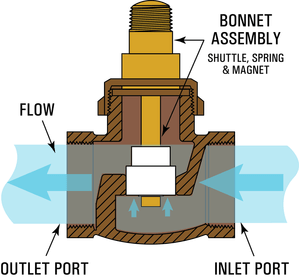

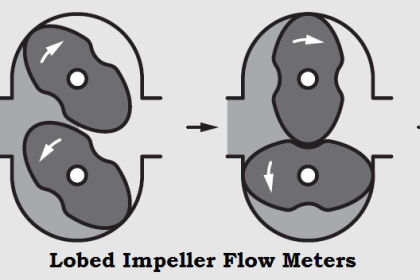

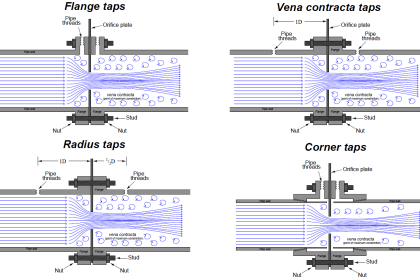
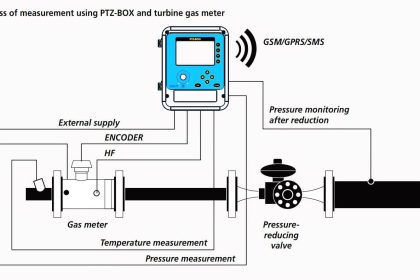
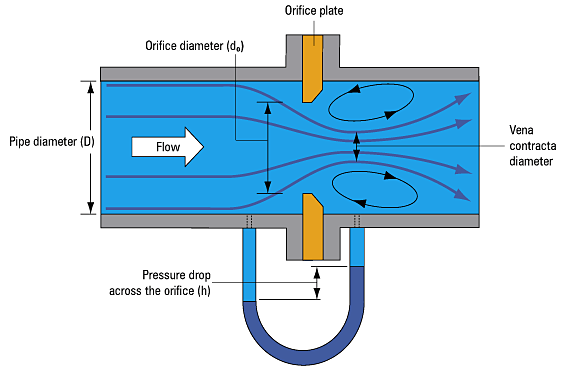
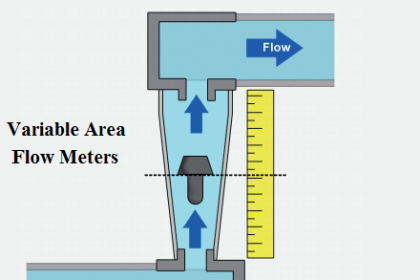
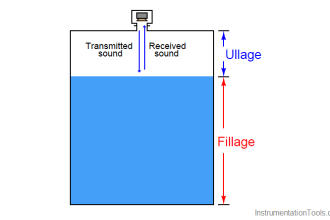
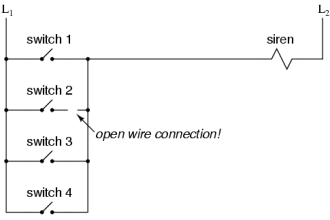


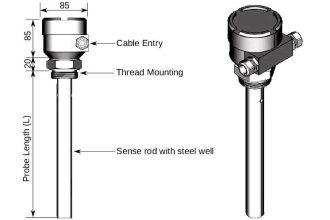

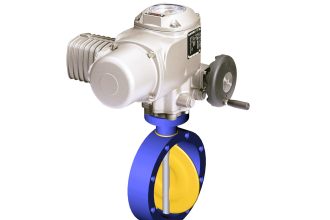
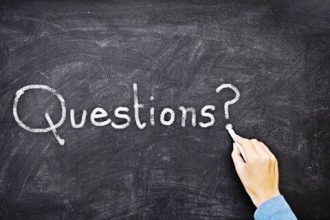

What about Cross-Correlation based Ultrasonic Flow Meter?
Very informative according to interview
we have observed in the table above ”Comparison of Flow Meters” that maximum pipe /size of coriolis flow meter is between 2” and 150” , please verify this information